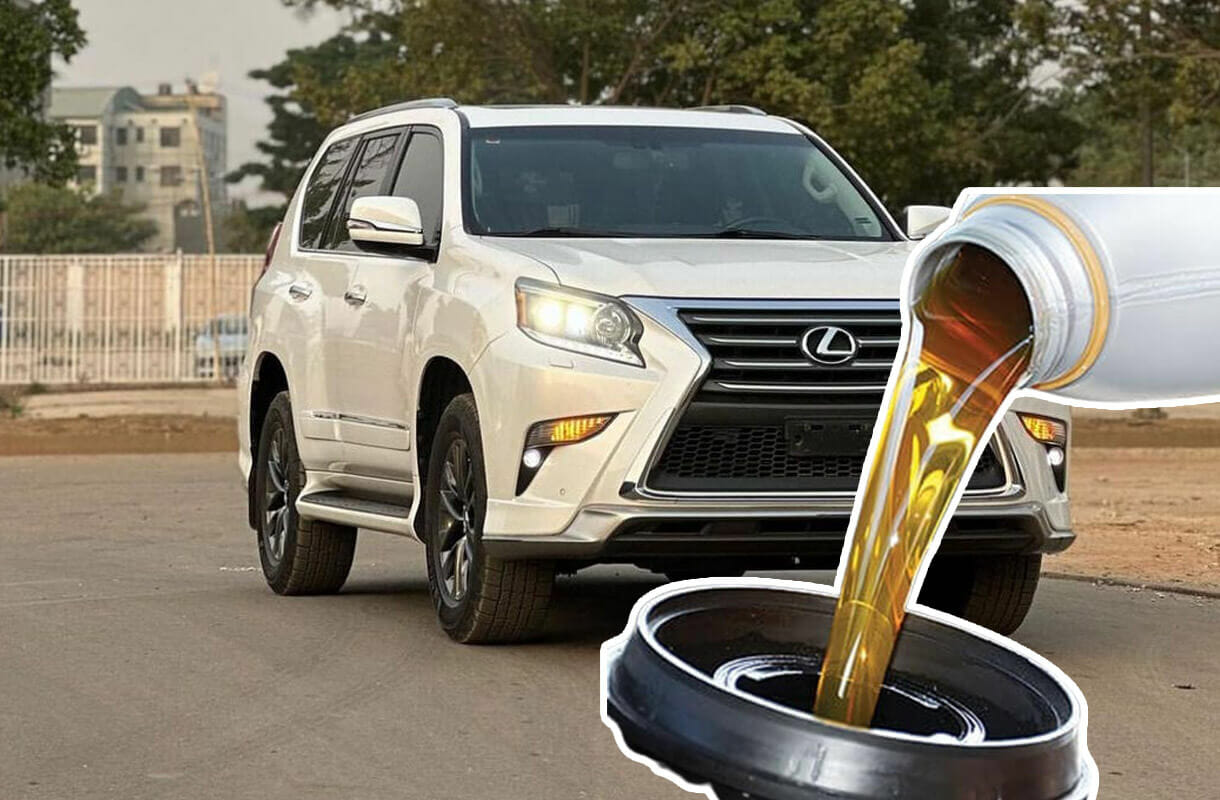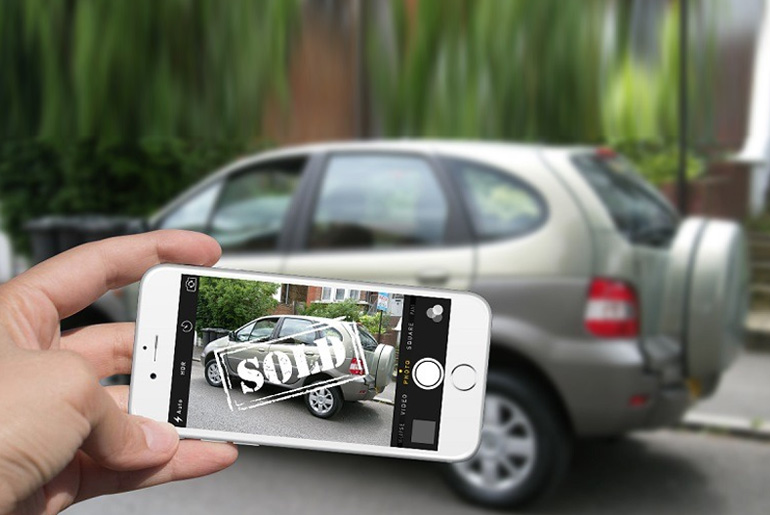As the pace of life has increased and engine technology has grown more complicated, most people now pay a professional to take care of vehicle maintenance. But if you’re looking to change your engine oil yourself for the first time or if you are a seasoned DIYer who may have changed oil hundreds of times, it doesn’t hurt to get reminders of mistakes you can make when performing an engine oil change.
Table of Contents
Here are a handful of gaffes to avoid the next time you change your own oil.
Buy top trending Car accessories in Lagos and Original Korea Battery now Check @carfanzy Lagos on Instagram
- Install the wrong oil
By “wrong oil,” I mean the wrong viscosity. Engines vary, as do their motor-oil requirements. If your Ford F-150 calls for 5W-20 oil, then don’t use 10W-40.
Using diesel oil instead of petroleum oil, or vice versa is another potential pitfall. However, you can use diesel oil in your gas engine if it meets the appropriate specifications, as we explain here.
A third way to mess up is to use something other than premium synthetic oil. This is our opinion, but if you have a mechanically sound engine and you care about your vehicle, you ought to use synthetic engine oil.
If you’re not sure what the best oil for your car is, always make use of Google.
- Forget to reinstall the oil-fill cap.
It happens to everyone; you’re happy with the work done, and it’s getting hot! But forgetting to reinstall the oil-fill cap can result in messy circumstances.
If you drive off without the cap on, the hot oil will spill and splash all over the engine compartment, and you’ll need to get your hands dirty again in cleaning it up—plus have to get more oil and maybe even a new cap.
- Underfill or overfill the crankcase
Find out how much oil your vehicle takes and make sure you have enough on hand. If, after changing the oil, your engine makes a “funny” noise and sounds hollow, you probably underfilled your crankcase.
After changing the oil, run the car for a few minutes to circulate the oil, shut it down for a few minutes, and then check the oil level one final time.
- Strip the drain plug threads.
Another common mistake we see people make is forgetting to reinstall the drain plug after completing the job. Fortunately, if you are changing the oil in your garage or driveway, you will notice very quickly from the trickling sound near your feet that you missed this step.
But there is a more serious mistake you can make involving the plug. If you are not careful when reinstalling it, you might end up misthreading or stripping the plug. Although it might not sound like the end of the world, this could result in a slow leak and a not-so-easy fix, so be careful when reinstalling the drain plug!
When you remove the old filter, make sure the O-ring comes with it.
- Leave the O-ring behind
The time to perform an engine oil filter change is when you are changing the oil. There are three things to know about changing the oil filter.
First, when you remove the filter, make sure the O-ring comes off with it. There will be a new O-ring on your filter that you’re supposed to use. You do not want to put the new filter on and have two O-rings there.
Second, before you screw the new filter on, moisten the O-ring with a fingertip of oil. Don’t put the filter on “dry.” Lubricating the O-ring helps the filter and engine connect better, and it also helps you more easily remove the filter at your next oil change.
Finally, don’t overtighten. You only need to hand-tighten the filter. Make it snug, but don’t overdo it.
How to Determine if Your Engine Has Too Much Oil
The quickest way to determine if there is too much oil in the engine is through the use engine oil dipstick. The dipstick has marks to show if your car has too much, too little or the perfect amount of oil. Develop the habit of checking the level frequently most especially after an oil change.
There are other indicators that will suggest you have an overfill problem. This includes blue exhaust smoke, a burning smell, an oil leak, or a high reading on your oil pressure gauge (if equipped). If the engine is running rough or your check engine light illuminates, the cause may be excess oil contacting the spark plugs and causing a misfire.
In case you have too much engine oil in your engine, you’ll need to drain it out or risk harming your engine. If you’re DIY savvy, you can do the draining yourself. If not, head to a competent mechanic workshop and get it done immediately.
Conclusion
Engine oil is a critical fluid that lubricates and reduces friction in vehicle engines. The appropriate engine oil will go a long way toward ensuring that your car runs smoothly. Engine oil has a variety of tasks in ensuring that an engine runs smoothly over time.
Overfilling or underfilling your car with engine oil is bad, so know the steps to take to prevent any mishaps to your car.
Have 1 million naira and above to Buy or Sell Cars In Nigeria? Check Carmart.ng RIght Now
All rights reserved. Reproduction, publication, broadcasting, rewriting, or redistribution of this material and other digital content on carmart.ng is strictly prohibited without prior express written permission from Carmart Nigeria - Contact: [email protected]
Stay informed and ahead of the New Car info! Follow The Carmart Blog on WhatsApp for real-time updates, Cheap Cars, and Latest new car content. Don't miss Any –
Join The Carmart Blog Channel







